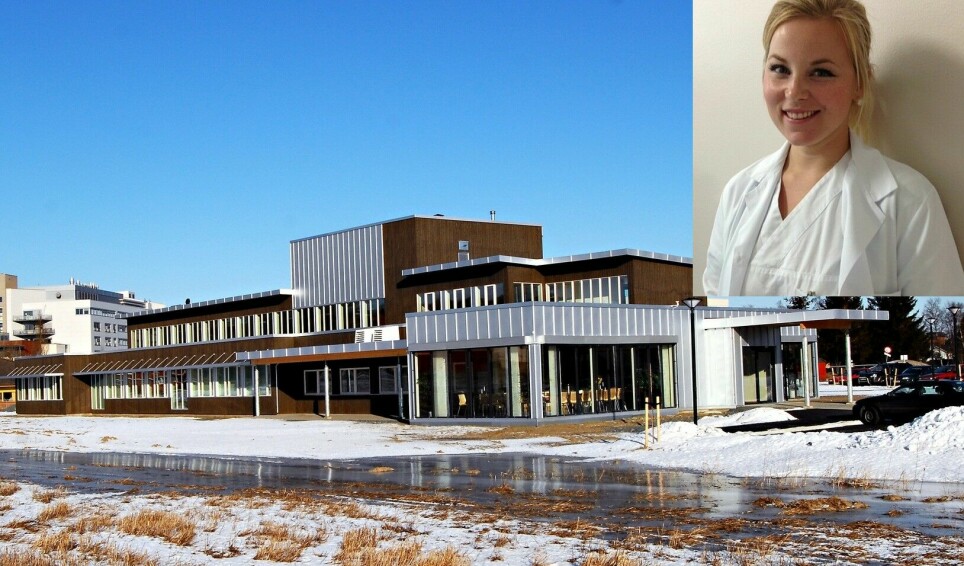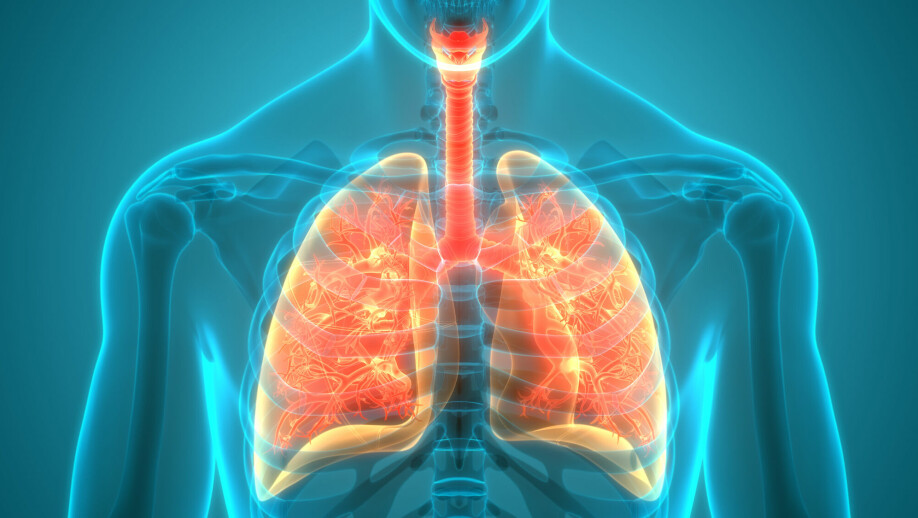
Our lung capacity has gotten a lot better
Norwegian researchers and thousands of residents in the county of Trøndelag have taken part in a study that shows how year after year —ever since the end of the 19th century — our lungs work better and better.
For many years now, doctors and other health personnel in Norway and several other European countries have surveyed people’s lung capacity. They have surveyed a total of almost a quarter of a million Europeans.
Now these measurements have been assembled in a single large study.
“We assumed that the lung capacity of people had improved, but we had no idea that the improvement would be so big. This is a very exciting result,” said medical doctor and researcher Sigrid Aalberg Vikjord to sciencenorway.no.
Vikjord and Arnulf Langhammer, both researchers with the Trøndelag Health Study (HUNT), are the two Norwegian participants in the international team, which has now published an article in the academic journal The Lancet about the research results.
A few millilitres each year
“Every single year, people have on average increased their breathing capacity by a few millilitres,” Vikjord said.
“The increase is small, year by year. But when it extends over many years, there is a clear improvement in how much air the lungs are able to draw in and exhale.”
Vikjord says that the researchers have collected the results from a total of ten large European population studies on health. The Norwegian figures are from HUNT and the former county of Nord-Trøndelag.
From 1884 to 1996
The participants in the study were born between 1884 and 1996.
All have been non-smokers. The lung capacity measurements were made while the study participants were between 20 and 94 years old.
All these studies used a method called spirometry to measure people's lung capacity. Spirometry measures the volume of air a person is able to exhale, after the person first draws as much air as possible into the lungs.
What explains the increase?
There are several possible explanations for why our lung capacity has increased so much.
“We first assumed that the explanation could be that people have become taller, so that their lungs have grown larger and have greater capacity,” Vikjord said.
“But we see that it takes more than just the increase in people's height to explain the increase in lung capacity that we found,” she said.
“One additional explanation may be that there are better treatments for most of the diseases that affect lung function,” she said.
“At the same time, fewer and fewer people are exposed to passive smoking. We as a society have also become more aware of the negative effects of other kinds of air pollution.”
Should change criteria
The fact that people on average have improved lung capacity means that the health service should now change its diagnostic criteria for lung diseases, the researchers suggest in The Lancet article.
Essentially, the criterion for what is normal lung capacity should be changed.
“The data we use to diagnose today's patients are outdated,” Vikjord said.
“We have to take into account that conditions are completely different for a twenty-year-old born in 1920 and a twenty-year-old born in 1980. For example, this difference could mean that we risk diagnosing too many people with COPD (chronic obstructive pulmonary disease),” she said.
“At the same time, if we use incorrect criteria, we risk underestimating the severity of patients who actually have COPD,” she added.

Body proportions matter
Professor Arnulf Langhammer, the other Norwegian researcher behind the Lancet article, reminds sciencenorway.no that Asians and Africans have 8 to 12 per cent lower expected lung capacity than Europeans. This is not because their lungs function less well, but because their chest is smaller in relation to their body height. This is also something that health services must be aware of.
“The increase in lung capacity from cohort to cohort has not been large. But over many years, the increase has become clear. Consequently, we need to update reference values, so we can make precise diagnoses and get a good sense of the severity of any disease,” Langhammer said.
Improvements flatten out
In recent years, researchers have seen that improvements in people's lung capacity have begun to flatten out.
Lung function continues to improve year by year, but not as much as in previous years. Two possible explanations for this may be that a growing proportion of the population is obese and that people are less active in their daily lives.
The study has been part of the European Lung Association's research collaboration CADSET. Researchers from Belgium, Denmark, the Netherlands, Norway, Spain, the United Kingdom, Sweden and Austria participated.
Reference:
James P Allinson et.al.: Changes in lung function in European adults born between 1884 and 1996 and implications for the diagnosis of lung disease: a cross-sectional analysis of ten population-based studies. The Lancet Respiratory Medicine, 2021.
———
Translated by Nancy Bazilchuk
Read the Norwegian version of this article at forskning.no
































